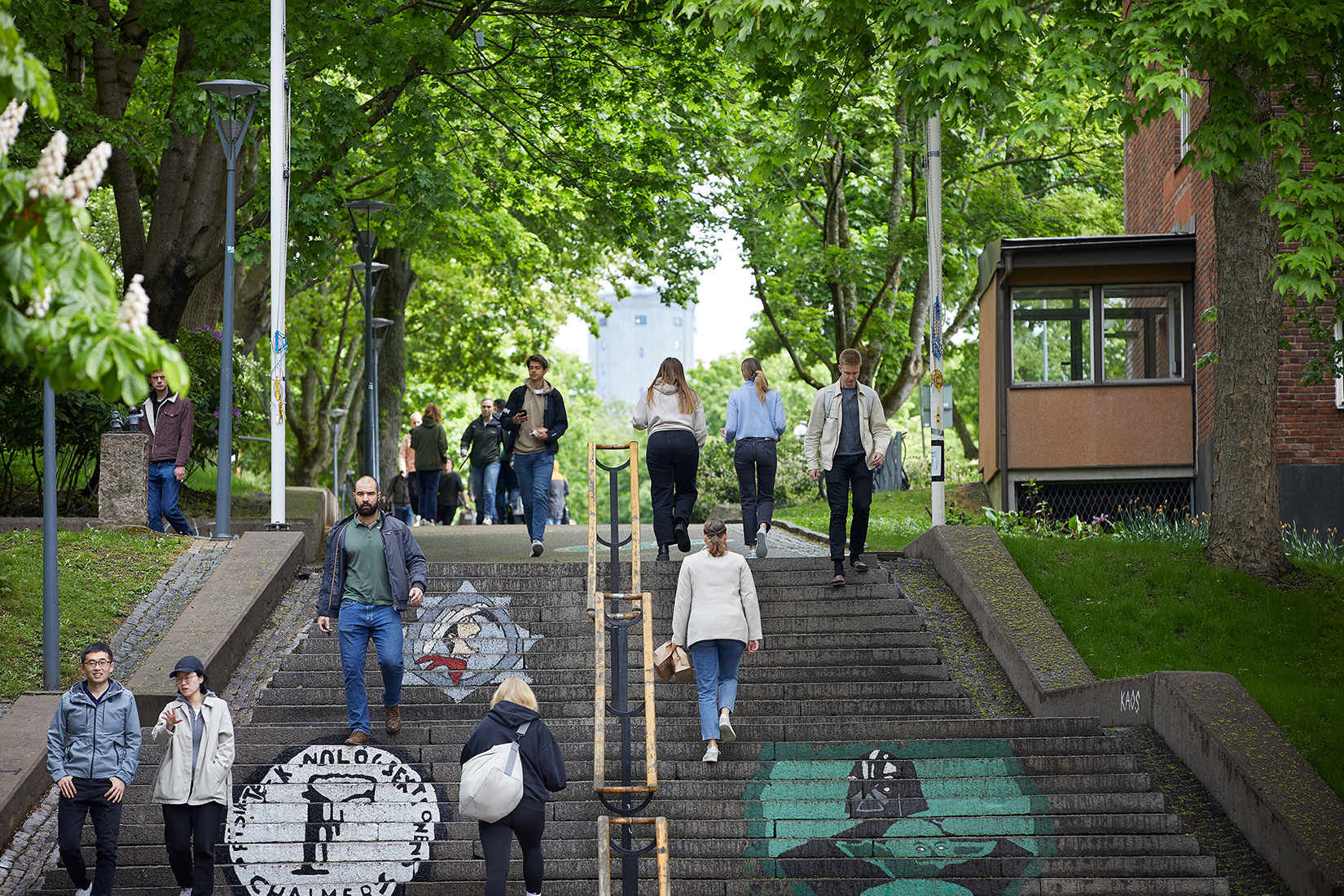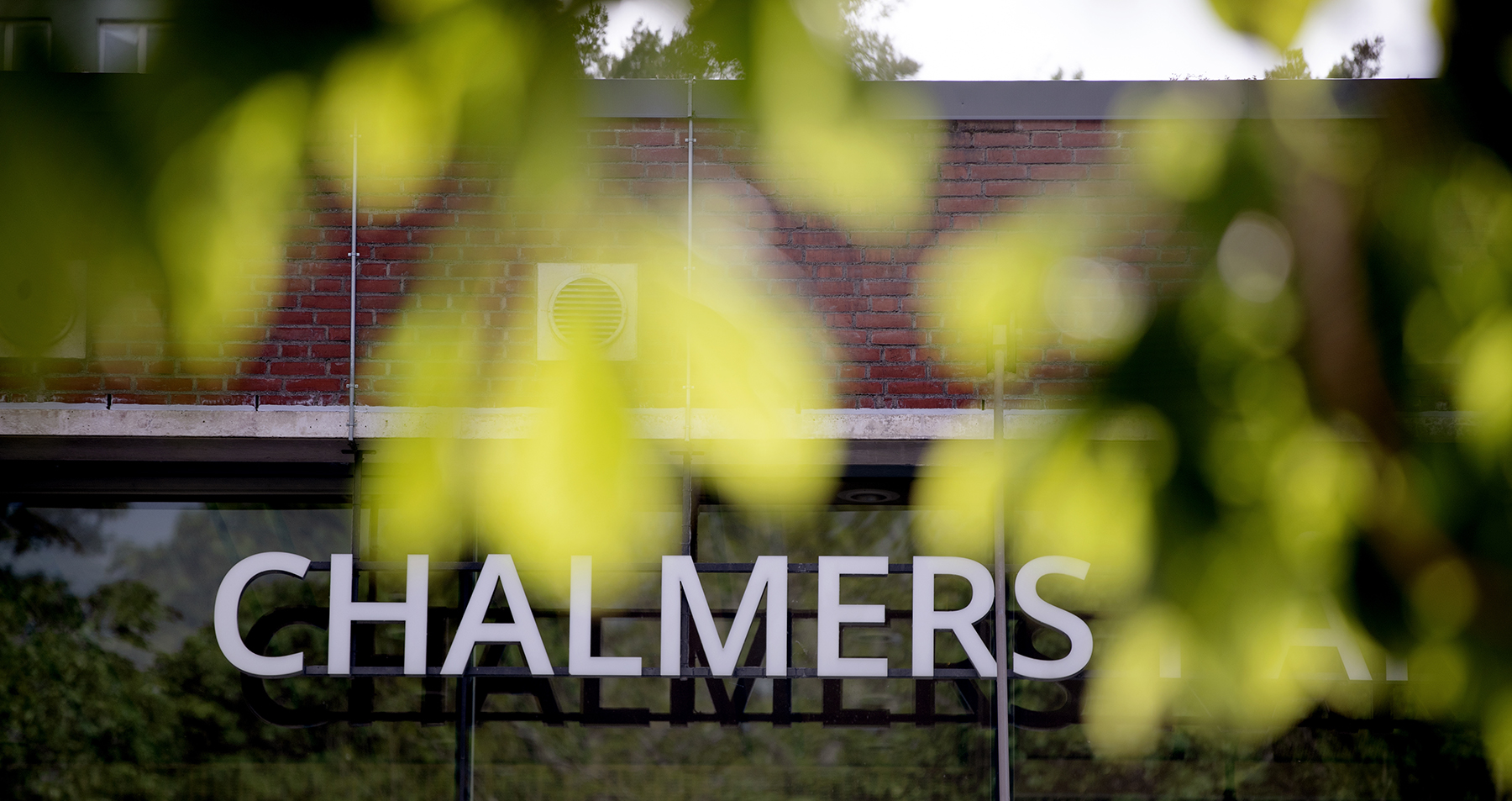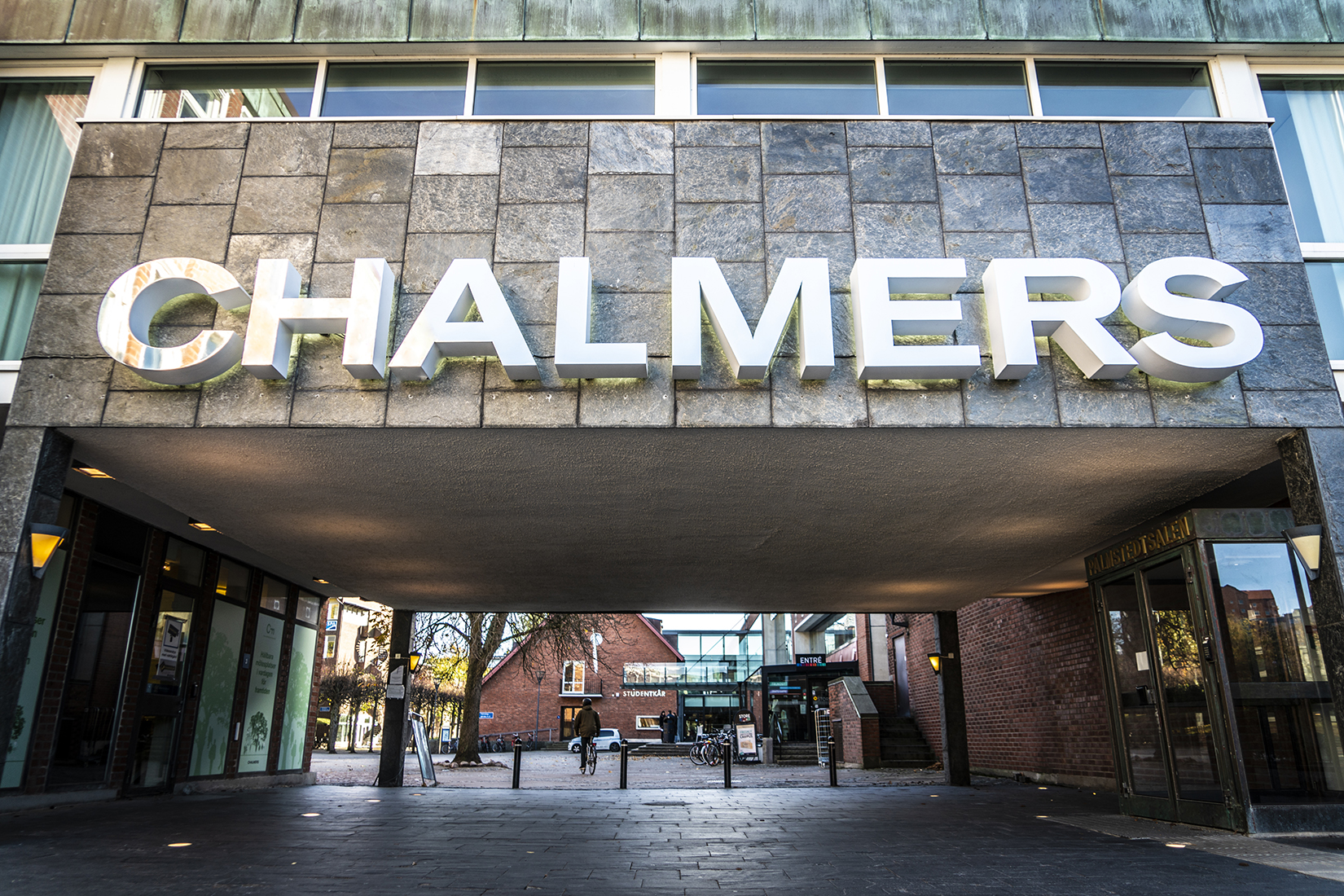Global student collaboration takes flight
Cooperation between universities around the world has proven to be the key to ensure knowledge exchange between students and to conduct cutting-edge research in different fields.
-
 The cozy and self-contained campus of Chalmers University of Technology in the center of Gothenburg.
The cozy and self-contained campus of Chalmers University of Technology in the center of Gothenburg. -
-
A group of brilliant engineering students from Sweden and Pennsylvania tackled a challenging problem to safeguard a high-speed test track from unexpected wildlife visitors.
-
 Chalmers offers Bachelor, Master and PhD programs. All master’s programs are taught in English.
Chalmers offers Bachelor, Master and PhD programs. All master’s programs are taught in English. -
-
Nine years ago, Chalmers University of Technology in Gothenburg, Sweden and Pennsylvania State University implemented a Global Student Team concept that allows engineering students from Sweden and the U.S. to collaborate on different industry projects. Each year, the teams are united by a carefully tailored corporate project. The students collaborate through regular communication via email, video calls and teleconferences. Another part of the project is to interact with the global corporate project sponsor, gaining valuable industry contacts.
Swedish AstaZero is a company that tests advanced safety systems and their functions for all kinds of traffic and traffic situations. They have built what they call the world’s first “full-scale independent test environment” for automated transport in a remote area just outside Gothenburg. After facing a persistent issue on their test site, they reached out to the universities for assistance. Despite having a massive, 10-kilometer fence encircling the area, curious wildlife managed to infiltrate the premises, disrupting outdoor experiments, causing safety issues, and forcing temporary shutdowns. But what if they could harness the power of drones and AI to automate the protection of their test site? For six months, students from Penn State and Chalmers joined forces to find a solution by automating a drone’s path and identifying breaches in the fence with image recognition.
Johannes Johansson, one of the Swedish students who participated in the project Autonomous Surveillance of Restricted Area Using Drones while studying his bachelor’s in automation and mechatronics at Chalmers, shared why he wanted to get involved.
"I've always been interested in drone technology and wanted to work with it in my bachelor's thesis. When I heard about this project and the opportunity to use drones to monitor and protect the test site, I felt it was a unique chance. It sounded exciting and challenging, and I wanted to be a part of it."
Initially, the teams from Sweden and the U.S. attempted to work separately on different aspects of the project. However, they soon realized that collaboration was the key to success, and they divided their work into three main components.
One team focused on developing an autonomous flight plan for the drone to systematically monitor the fence around the test track. Another group concentrated on ensuring the drone's ability to fly autonomously and execute the planned routes flawlessly.
Johannes belonged to the third team, responsible for analyzing the images and videos collected by the drone. They employed image analysis and machine learning to swiftly identify any damage to the fence.
Reflecting on the collaboration with Penn State students, Johannes emphasized the importance of combining different perspectives and work methods.
"We encountered some cultural differences in our approaches to problem-solving. In Sweden, we tend to explore various methods simultaneously, while American students adopt a more focused approach. It was this diversity of ideas and experiences within the team that made the project so stimulating."
Navigating a six-hour time difference posed additional challenges. Efficient communication and alignment on objectives became paramount, Johannes recalled.
"Effective communication was crucial due to the time zone difference. We had to make the most of our meetings and establish clear objectives to accomplish our goals."
As the project neared its conclusion, the students from Chalmers made an exciting journey to Penn State, where they met their project counterparts in person for the first time.
"Many of us had never set foot in the USA before, so it was a thrilling experience. We collaborated during the day and enjoyed each other's company in the evenings."
After six months of intensive effort, the students successfully devised the drone's autonomous flight route, ensured its precise execution, and began using image analysis to detect potential fence damage. While the project was not completed within the six-month timeframe, they earned recognition by winning the prestigious Lockheed Martin Best Project Award 2023 in their subject area. Their groundwork has also laid the foundation for potential use at AstaZero's test track and similar facilities worldwide.
"We've gained some really useful skills and techniques in this project that will help us in our future careers. We have learned how to find information efficiently and collaborate effectively with people from different backgrounds to come up with great solutions."
Vedrana Sivac -

-
Facts about Chalmers University of Technology:
- Chalmers offers Bachelor, Master and PhD programs. All master’s programs are taught in English.
- Tuition fees: Master’s programs: approximately $16,000/year. Higher education in Sweden is free for students from countries within the European Union (EU), the European Economic Area (EEA) or Switzerland.
- U.S. Friends of Chalmers Scholarship: Scholarships covering all the tuition fees are awarded annually to citizens of the United States.
- For more information, see the Chalmers website: www.chalmers.se/masters and www.chalmers.se/scholarships -
-
